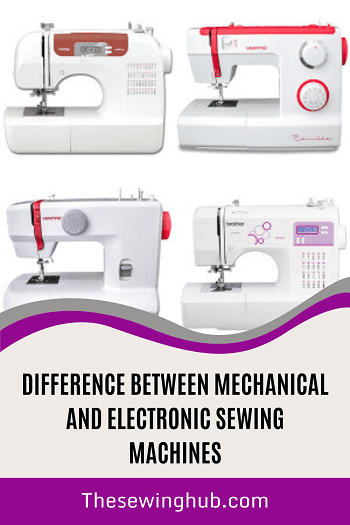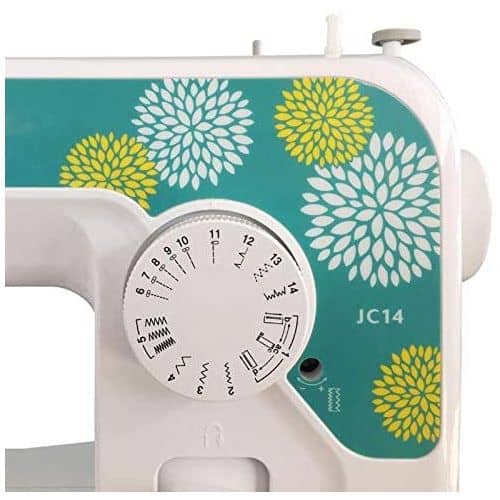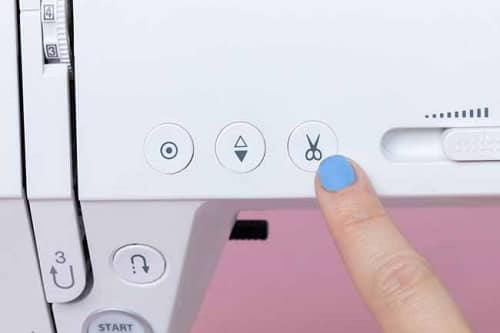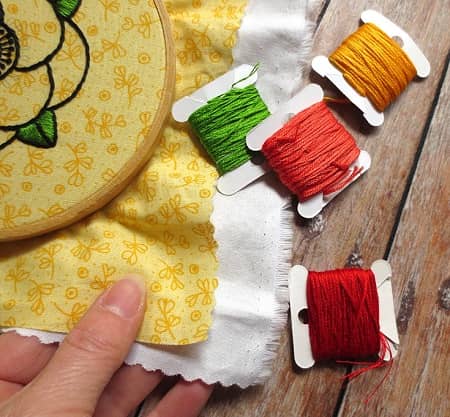 If you are trying to figure out the differences between Mechanical and Electronic Sewing Machines, we will get you a clear picture of the differences.
If you are trying to figure out the differences between Mechanical and Electronic Sewing Machines, we will get you a clear picture of the differences.
Besides explaining the differences between mechanical and electronic sewing machines, we have also shared the best-known mechanical and electronic machines to help you with a faster choice.
A user must manually do many things in a mechanical sewing machine, from positioning the needle, and stitch selection to moving the knobs and lever.
Mechanical sewing machines are ideal for beginners, and if you are about to buy one, you have to make sure that it has the following features:
- built-in presser feet,
- bottom loading bobbin,
- adjustable stitch length and tension,
- reverse stitch.
On the contrary, an electronic sewing machine comes with comparatively better and easy control with push buttons, menu settings on LCD, computerized control of stitch selection, stitch length, and width, and pre-loaded sewing patterns. However, these sewing machines are comparatively more expensive than mechanical sewing machines.
Built-in Stitches

Another critical difference is in terms of the number of in-built stitches. While mechanical sewing machines come with minimal stitches, electronic sewing machines come with various in-built stitches.
Automatic Features

Electronic Sewing machines can also be seen as a blend of mechanical and electronic components. You can surely save much time by using an electronic machine since, unlike a mechanical machine, an automatic machine comes with several automatic features that include:
- Auto bobbin winder,
- Automatic thread cutter,
- Auto-Lock,
- Automatic tension adjustment,
- Straight stitch function
Maintenance

However, you have a couple of advantages with mechanical sewing machines. These machines are pretty simple, so they don’t require any repairs or maintenance much often.
On the contrary, just as any electronic product is, an electronic sewing machine may need maintenance more often than a mechanical machine.
An electronic sewing machine has many electronic components, and while one component is working fine, another may stop functioning at some point and need repairs.
Cloth Material and Projects

Mechanical sewing machines can be used to sew just any cloth material except for leather and denim. An electronic machine is ideal for various projects that may include DIY, textiles, and hobby projects.
Most importantly, since most electronic sewing machines come with a powerful motor, they allow you to quickly sew through thicker materials such as Leather and Denim.
Some Good Mechanical Sewing Machines
Some Good Electronic Sewing Machines
- SINGER 9985 Quantum Stylist TOUCH
- SINGER 9960 Quantum Stylist
- Brother Project Runway CS5055PRW
- SINGER 8763
- Brother cs6000i